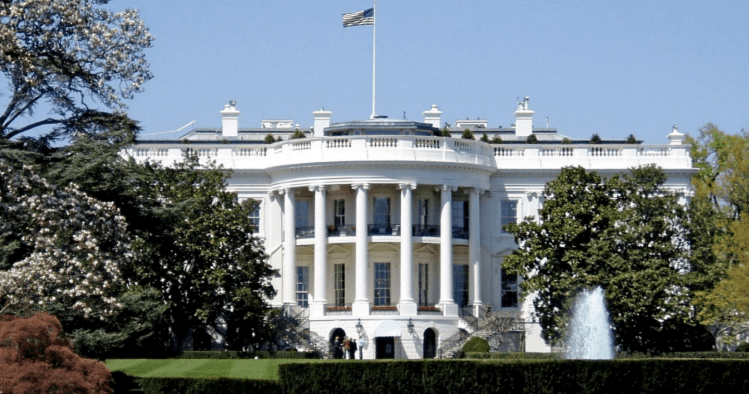Watch all the Transform 2020 sessions on-demand here.
The White House Office of Science and Technology today released updates to the National AI research and development strategy, a document meant to guide billions in funding to federal agencies like the National Science Foundation (NSF), National Institutes of Health (NIH), and U.S. military.
The 2016 AI R&D strategy released in the final months of the Obama administration considered the impact of AI on society and how federal researchers and agencies should respond.
Many of the goals stated in the 2016 document remain largely unchanged in the revision. But the updated strategy calls for greater focus on public-private partnerships between academia and industry and for increased collaboration with “international allies.”
“These partnerships [are] build upon joint engagements among federal agencies that enable synergies in areas where agencies’ missions intersect. The nation also benefits from relationships between federal agencies and international funders who can work together to address key challenges of mutual interest across a range of disciplines,” the revised report reads.
June 5th: The AI Audit in NYC
Join us next week in NYC to engage with top executive leaders, delving into strategies for auditing AI models to ensure fairness, optimal performance, and ethical compliance across diverse organizations. Secure your attendance for this exclusive invite-only event.
The revision also points to federal AI efforts now underway, such as DARPA’s AI Next campaign, which funnel hundreds of millions into AI, and the National Institutes of Health’s work to bring the biomedical and AI fields closer together.
The Trump administration directed its Select Committee on AI to begin the process of revising the document in August 2018. A request for public comment garnered nearly 50 statements from AI community stakeholders.
As called for in a 20-year AI research roadmap published by AI researchers this spring, the revised strategy document calls for continued research into understanding human intelligence.
“Emphasis is needed on the development of further ML capabilities to interactively and persistently learn, the connection between perception and attention, and the incorporation of learned models into comprehensive reasoning architectures,” the report reads.
The Trump administration has been criticized in recent years for failing to present a formal comprehensive AI strategy, giving some the impression that the United States is trailing China and the more than 30 other nations that have created national AI strategies.
Instead, the White House has done things like launch ai.gov to promote national AI initiatives and joined with more than 40 democratic nations around the world to sign an agreed upon list of AI principles.
The Department of Defense first shared its AI strategy publicly in an executive order signed in February and referred to as the American AI initiative, which directs federal agencies to make AI R&D funding a priority.
How much funding the Trump administration or specific agencies plan to invest in AI initiatives is less clear. An effort to tally federal agencies’ AI investments is currently underway, an administration spokesperson said in a call with reporters.
In other corners of the government, the U.S. Department of Defense Innovation Board is considering accepting public comment on the ethical use of artificial intelligence by the military. As a result of the executive order, the National Institute of Standards and Technology (NIST) is expected to deliver recommendations for development of technical standards for AI this summer.
Revisions to the report were carried out by the Select Committee on AI, the National Science and Technology Council Subcommittee on Machine Learning and AI, and the AI R&D Interagency Working Group of the Networking and Information Technology Research and Development program (NITRD).
As the White House revises its national R&D strategy, members of Congress are considering a series of bills to regulate AI — such as a national moratorium on facial recognition software use by police and a bill to fund a national AI strategy initiative.


